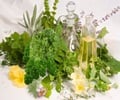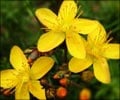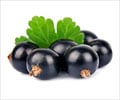An exclusive Mayo Clinic partnership has revitalized the healing wisdom of Pacific Island cultures by putting to test a therapeutic plant extract, details of which were found in a 17th century Dutch herbal text, known for its anti-bacterial properties. Early findings have shown that extracts from the Atun tree was able to control bacteria that triggered diarrhea, as claimed by naturalist Georg Eberhard Rumpf, circa 1650. He has recorded this conventional healing method in the book Ambonese Herbal.
The Mayo Clinic-led team's report appears in the Dec. 23 edition of The British Medical Journal, www.bmj.com in their report, Mayo Clinic researchers demonstrate the feasibility of using sophisticated data mining techniques on historical texts to identify new drugs.Significance of the Mayo Clinic Research
The study provides a creative new model for drug discovery. It integrates nontraditional, ancient medical information with advanced technologies to identify promising natural products to investigate as drugs for new and better therapies.
"Natural products are invaluable sources of healing agents -- consider, for example, that aspirin derived originally from willow bark, and the molecular basis of the anti-cancer chemotherapeutic agent TaxolTM was derived from the bark of the Pacific yew tree. So it's not so far-fetched to think that the contributions of an ancient text and insights from traditional medicine really may impact modern public health," explains Brent Bauer, M.D., director of the Mayo Clinic Complementary and Integrative Medicine Program.
For thousands of years, people around the world have lived intimately with botanical healing agents and evolved effective healing traditions. "Our work shows just how much we can learn from them. But to make the most of what is fast becoming lost knowledge, we have to respect, preserve and work with traditional healing cultures," adds Eric Buenz, Ph.D., researcher for Minnesota-based BioSciential, LLC.
Ancient Herbal Text
Advertisement
Advertisement
SAV










